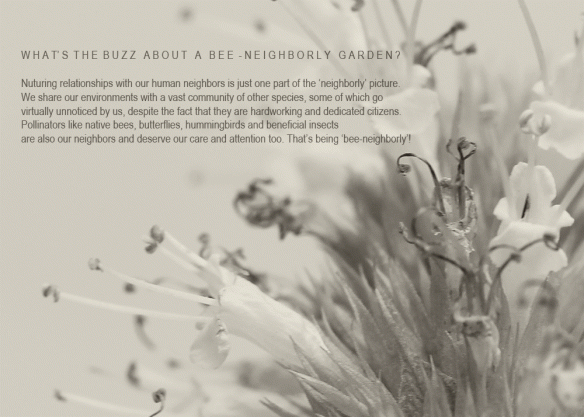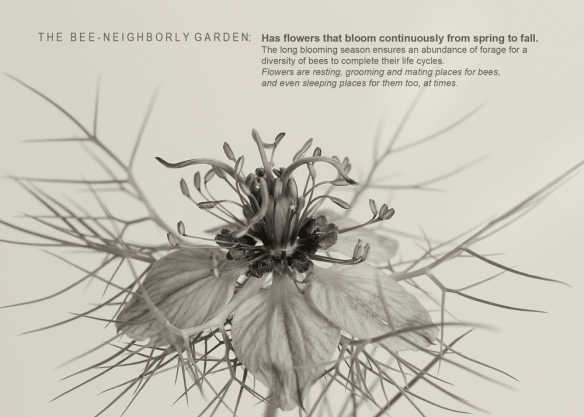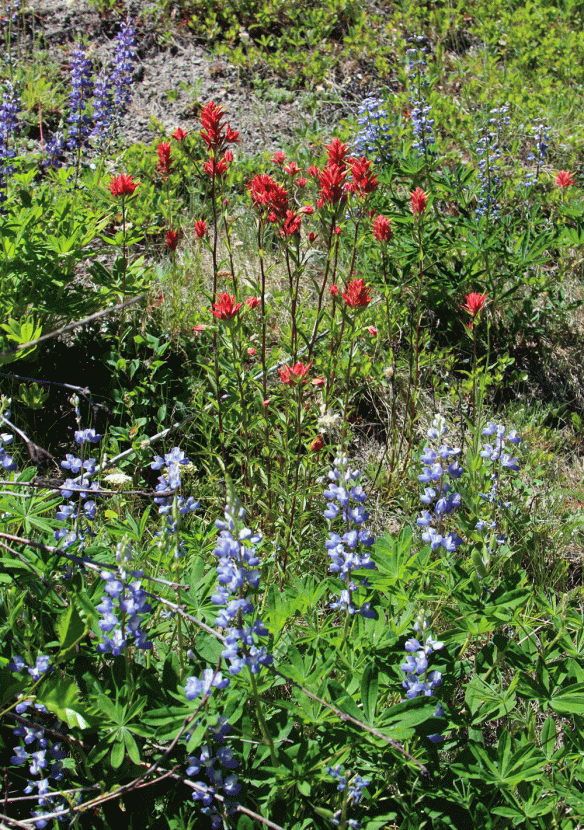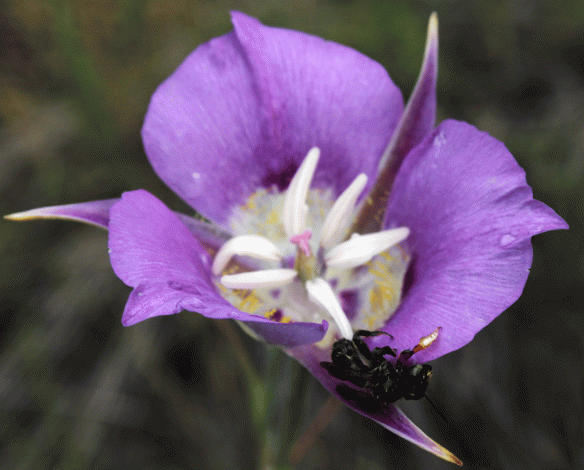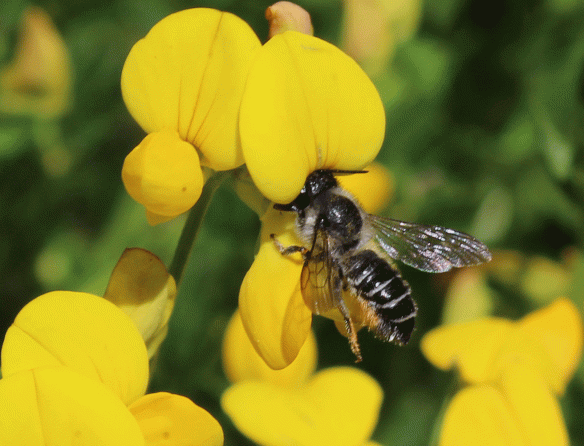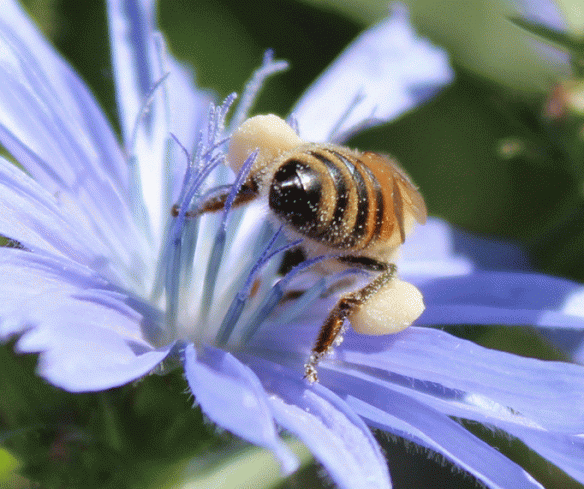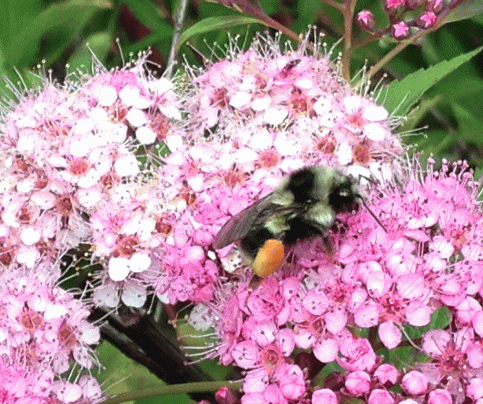I’m loving the pollen collecting and because the season is short and there are a lot of flowers in bloom almost at the same time, my days quite literally fly by. 250,000 flowering plant species on this planet, and with only about 150 samples of pollen collected to date, that’s a miniscule dent in the grander scheme of pollen, eh? In all earnestness, my goal is not the 250,000, but the exploration of the flowers that are/might be useful forage resources for our native bee species.
Basically, each flower/plant requires some research – information about its flowering period, what pollinators visit, the structure of the flower; its pollen grain form and color; the food resources the plant offers: pollen, nectar, floral oils, wax, nest-building material etc.; and what the experts say about the plant.
Here’s a page of rough sketches and info. on Sneezeweed (Helenium autumnale). I learn something new with each plant that I collect and dissect. Sneezeweed is in the Aster family. The blossom is actually composed of two kinds of flowers called florets: the larger, outer ring of flowers, called ray florets, and the inner head, composed of fertile, bisexual (containing both male and female parts) disc florets The pollen grain (bottom right of page) is very cool – it’s covered in spikes, like a burred seed pod, and perhaps the spikes help the pollen to stick to the body of a pollinator, just like a spiky seed does?
Sneezeweed offers both pollen and nectar to visiting bees, and it also provides a good landing platform for pollinators to stand on as they work their way through the numerous, closely packed tiny disc florets. Lori Weidenhammer, in her new book, Victory Gardens for Bees, considers it a bee-garden essential plant not only because it offers good resources for bees during the high season, but more importantly, it is a much-needed pollen and nectar source later on when resources are scarce. A bee-utiful flower with beautiful golden orange pollen!

I’ll either photograph or scan the flower that I’m working on, as a further means of documentation. Below is one of my new “try-outs” in terms of producing a body of work based upon the flower/pollen research I’m engaged in presently. In this case, I’ve scanned the sneezeweed blossom. I love the way the petals look like wings, or a flouncy skirt. I’ve printed this on a translucent gampi paper, in archival pigment ink. I’ve also added the pollen color in a band, to the bottom of the image. The medium is powdery soft pastel, the same medium I’ve been using to document pollen colors these past 3 years. I like the thinness and delicate quality of the gampi – it feels ephemeral, like the flower that sit on its surface.

Helenium autumnale, archival pigment ink on gampi. Total dimension: 34″ x 22″ jasna guy 2016






